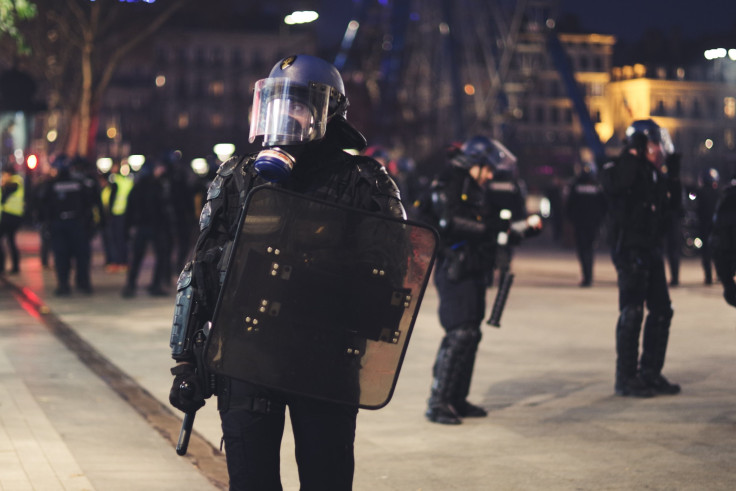
Latin America and the Caribbean continues grappling homicide crisis, with a recent study by the United Nations Office on Drugs and Crime (UNODC) and analyzed by InSight Crime concluding that organized crime is responsible for at least half of the region's homicides.
Published as part of the 4th Global Study on Homicide, the report underscores the severity of the issue, making it clear that the region bears the dubious distinction of having the highest proportion of homicides linked to organized crime at a global level.
The UNODC study also notes that eight out of the top 10 countries with the highest homicide rates worldwide are in Latin America and the Caribbean. The average homicide rates in 2021 stood at 9.3 per 100,000 for South America, 16.9 per 100,000 for Central America, and 12.7 per 100,000 for the Caribbean.
The root cause of this pervasive violence is multifaceted, the study, says, but a salient aspect involves clashing criminal groups armed who at the same time have easy access to firearms. The study reveals that harsh government crackdowns, often seen as a potential remedy, have yielded mixed results in quelling bloodshed.
A correlation highlighted in the study underscores the impact of criminal competition on escalating violence. The presence of numerous criminal groups, including drug trafficking organizations, street gangs, and militias, creates a volatile situation where violence quickly spirals out of control, particularly in areas with a fragmented criminal ecosystem.
The report also draws attention to the international drug trade's expansion and its role in altering criminal geography and competition dynamics. Record levels of cocaine production in Peru, Bolivia, and Colombia have led to increased violence in Ecuador, where homicides surged by 94.7% from 2021 to 2022.
The proliferation of firearms stands out as a key contributor to the region's high levels of lethal violence. The study reveals that Latin America and the Caribbean reported the highest proportion of homicides involving firearms, ranging from 65% in Central America to 70% in South America in 2021. The weapons, both legally and illegally obtained, often flow from the United States and Europe, further exacerbating the problem.
Lax gun control laws in the United States, for instance, have facilitated the influx of arms into Haiti, where gang violence has surged, resulting in a 35% increase in the homicide rate in 2022.
States of emergencies, touted as a measure to address the crisis, have produced varying outcomes. While El Salvador's prolonged state of emergency successfully reduced the homicide rate, neighboring Honduras and Jamaica saw no significant improvements. In Ecuador, the 2022 state of emergency, including the transfer of gang leaders between prisons, backfired, fueling deadly clashes between rival gangs.
© 2025 Latin Times. All rights reserved. Do not reproduce without permission.






